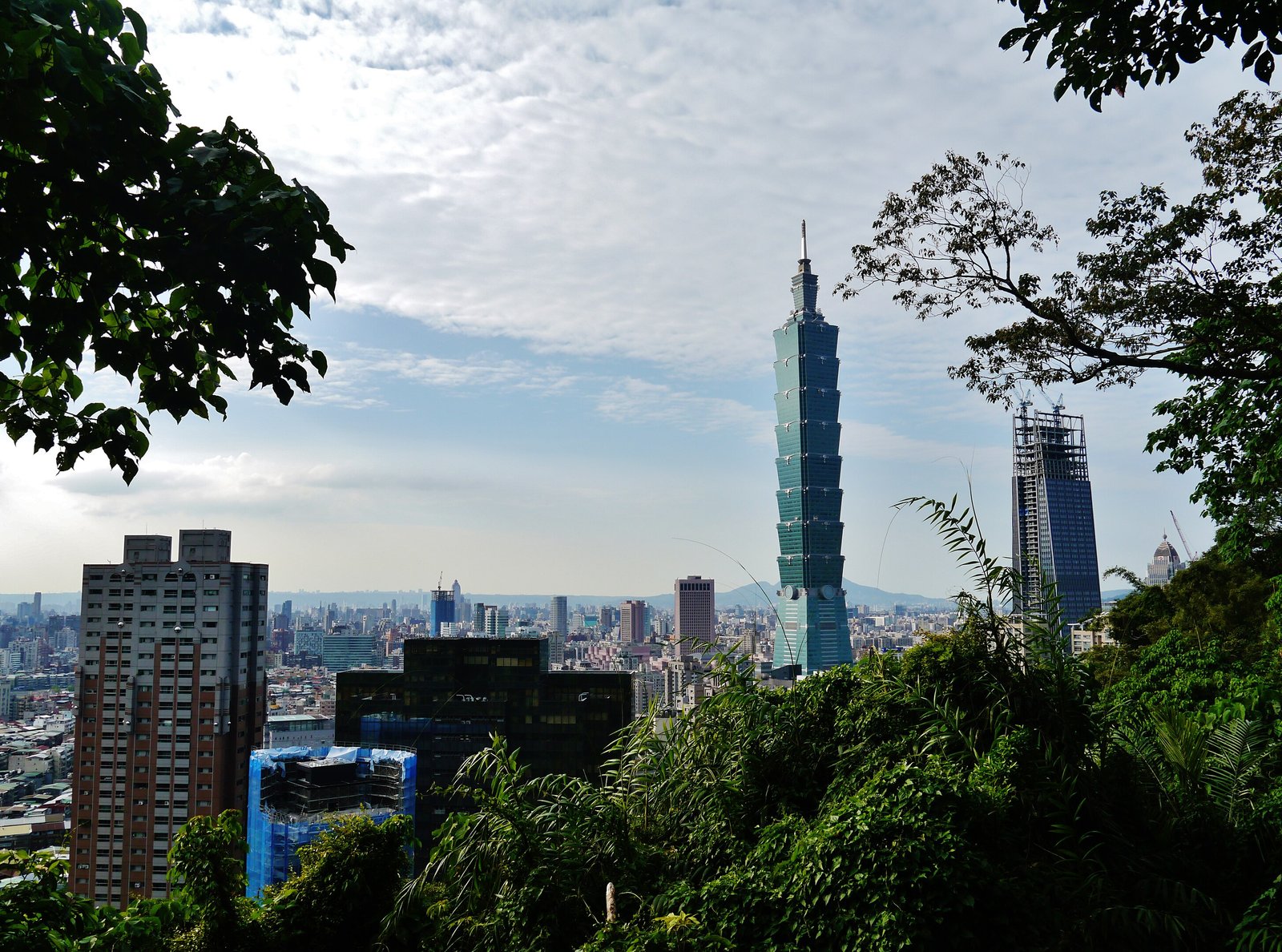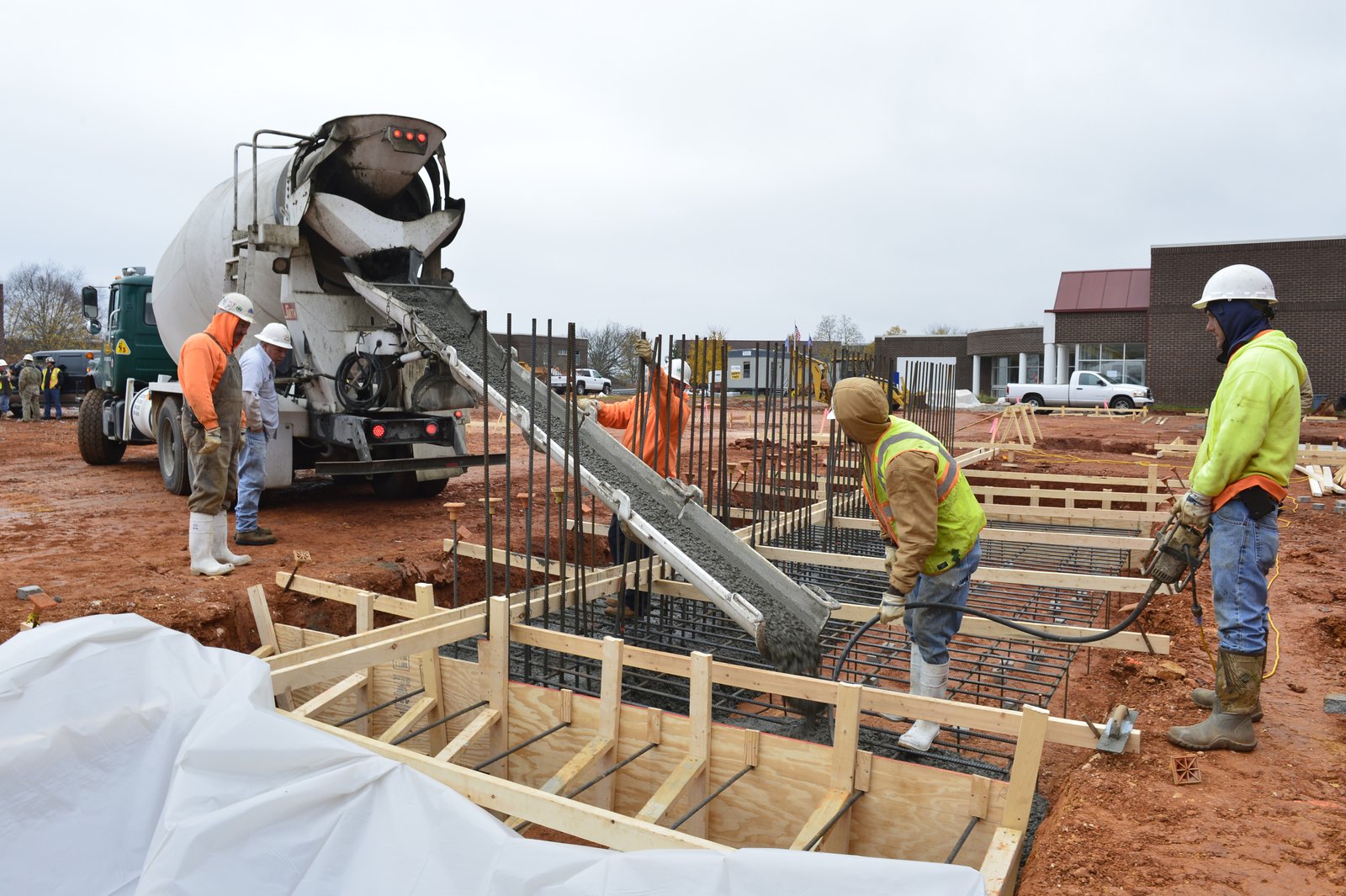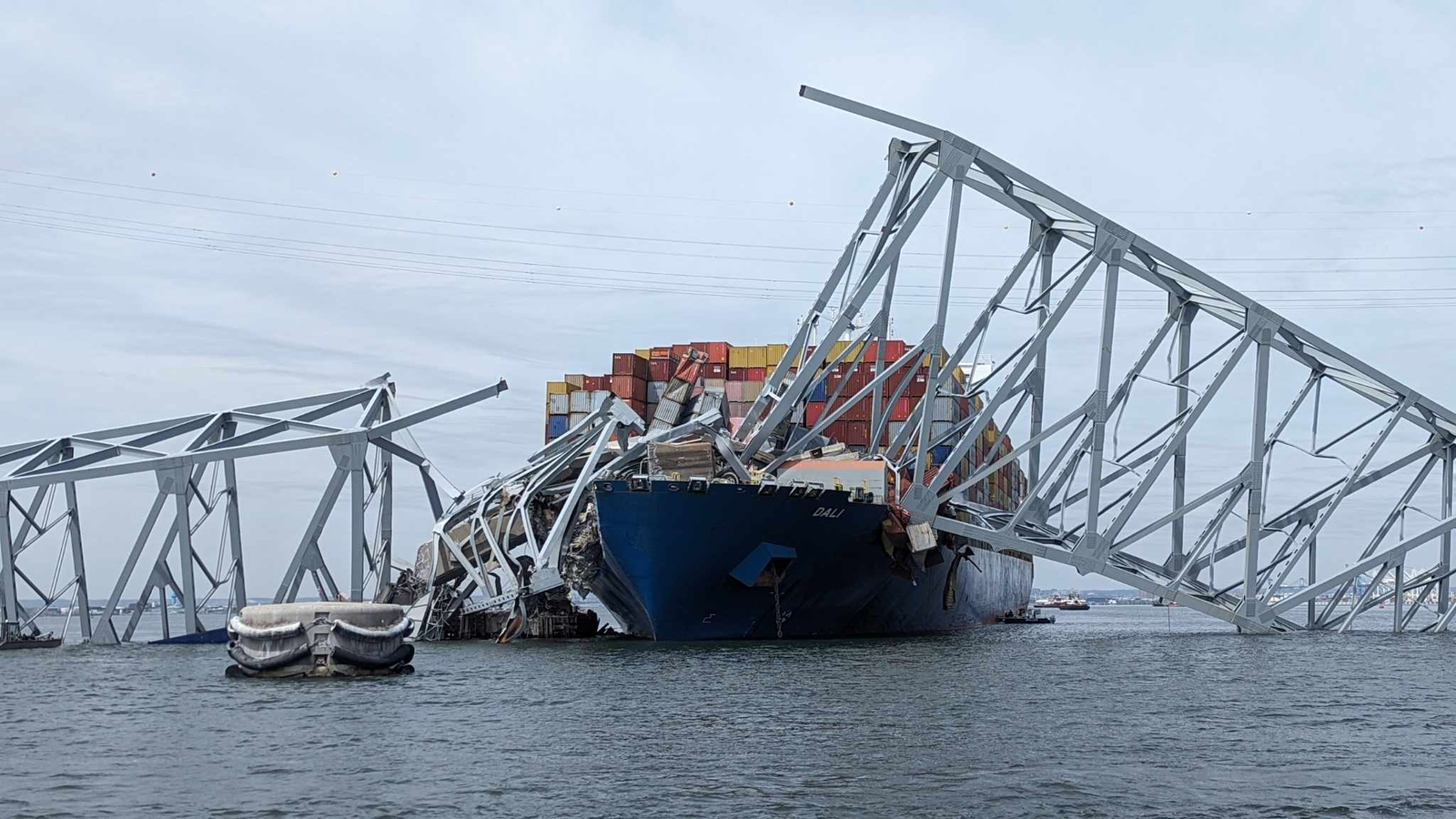Taiwan's iconic skyscraper, Taipei 101, recently endured a formidable test: a 7.4-magnitude earthquake. Remarkably, the structure emerged largely unscathed, thanks in no small part to its ingenious design featuring a massive pendulum, as reported by CNN. This architectural marvel, known as the "Damper Baby," played a crucial role in mitigating the quake's impact.
The pendulum, officially termed a Tuned Mass Damper (TMD), is a colossal 660-metric-ton steel sphere suspended over 1,000 feet above ground at the heart of the building. Acting as a counterbalance, this pendulum swings to offset the building's motion during seismic events or strong winds, effectively reducing sway by up to 40%, according to CNN.
Positioned between the 87th and 92nd floors, this engineering marvel comprises 41 layers of steel, boasting an impressive diameter of nearly 18 feet. To prevent excessive movement, it swings within a restricted range of 59 inches.
Once hailed as the world's tallest skyscraper, Taipei 101 remains an architectural icon in Taiwan, showcasing innovative engineering techniques tailored to safeguard against seismic risks.
But what exactly is this wind-damping ball?
The technical term for it is the Tuned Mass Damper (TMD). Essentially, it's a passive system custom-designed for the building's specific requirements. Its primary function is to curtail swaying induced by strong winds, ensuring a comfortable environment within the towering structure. While conventional damping systems typically remain hidden from view, Taipei 101's TMD serves a dual purpose, being both functional and an aesthetic attraction. Visitors to the observation deck can even catch a glimpse of its operation, offering a fascinating insight into the building's resilience.
How does the Tuned Mass Damper operate?
According to information provided by the Taipei 101 website, the spherical damper installed within Taipei 101 moves in response to earthquakes or typhoons, events not uncommon on the island. This oscillation effectively absorbs the force generated by intense swinging, significantly reducing the building's motion by up to 40%, as stated on the Taipei 101 website. Engineers behind this innovation assert that such mitigation measures lessen the discomfort experienced by occupants during such events.


.jpg)


